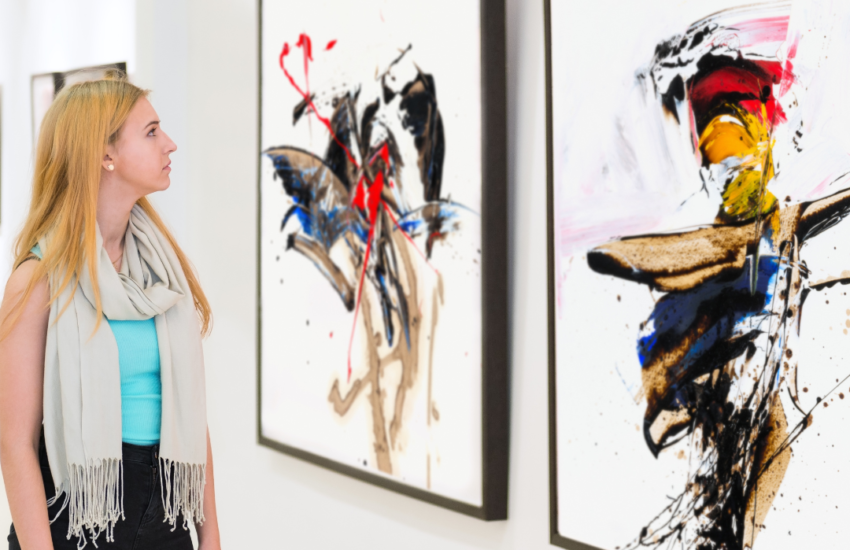What You Need To Know About The Rule Of Thirds And Composition
What if you could take beautiful photos on your next vacation or at the annual family reunion?
Are you sick of having just snapshots of memories instead of fantastic ones captured on film?
It doesn’t matter if you’re a professional photographer or just starting out in photography-if you understand “rule of thirds” and composition principles, you’ll always shoot stunning photos.
Keep reading to learn the secrets behind great photography.
What is “Rule of Thirds”?
This is one of photography’s most important composition rules. It is a simple concept that can help you take better photos. The basic idea behind “rule of thirds” is to imagine your image divided into nine equal parts by two horizontal and two vertical lines.
The line where it intersects is called the point of interest. It would help if you place the object at one of these points of interest. This will make your photo more visually appealing and balanced.
“Rule of Thirds” is a helpful guide, but it is not a hard and fast rule. You can break this rule if you have a good reason.
Usage of “Rule of Thirds”
You can use this for visual elements-whether they be horizons, buildings, or people-that should be lined up with the guidelines or placed at the intersections. The human eye is naturally drawn to intersections, so placing a key element there is more likely to create a pleasing image.
When photographing, be mindful of “rule of thirds” and try to put your object away from the center.
“Rule of Thirds” Benefits
There are many benefits when you use this rule in your photography. It can help you create more exciting and eye-catching photos.
It can also help you avoid common composition mistakes, such as placing your subject in the center of the frame. You can create more dynamic and visually appealing photos by using this rule.
“Rule of Thirds”- The Origin
In 1817, an Englishman named John Thomas Smith published a book called “The Theory of Lovely Landscape Painting.” In it, he suggested that painters divide their canvases into three parts, using horizontal and vertical imaginary lines so that they would have nine equal parts.
This would help create more pleasing and balanced compositions. Smith called this “rule of thirds.”
Since then, the “rule of thirds” has become one of the most well-known composition principles in painting and photography. And while some artists choose to break the rule, it’s still a great starting point for those just learning about composition. So if you’re looking to improve your photos, remember the “rule of thirds” the next time you’re out shooting!
Ways Where you can use “Rule of Thirds”
If you need your images to have a natural and pleasing look, then use “rule of thirds”. This basic composition guideline states that an image can be divided into three parts, both horizontally and vertically, so that you have nine equal parts. The four lines intersect using imaginary lines and are said to be the power points of an image, and that’s where you should place your subject. Of course, rule of thirds is just a guideline, not a hard and fast rule, so feel free to experiment with different compositions. With that said, here are three ways where you can use “rule of thirds” to create strong images; Place the horizon on the upper or lower third line. Second, place the subject off to the side rather than in the center of the frame. Then, use leading lines to draw the viewer’s eye into the composition.
Experiment With the Rule of Thirds and Composition Today
If you want to improve your composition skills, start by studying and utilizing the “rule of thirds”. This simple rule can help you create more visually appealing and balanced images. And don’t forget, practice makes perfect!
So keep shooting, and soon you’ll be able to compose like a pro.
Now that you’ve learned the basics of the Rule of Thirds and some other important composition tips, it’s time to get out your camera and start snapping. Go out there and start shooting using this guide!
Ready to learn some more camera basics? Learn how to take a good portrait with our quick and easy guide today.



